Exploring inside a retreating Alaskan glacier
Joe went first. A few meters into the cave, he was swallowed by the darkness. The roar of a nearby glacial stream masked any sound of his footsteps.
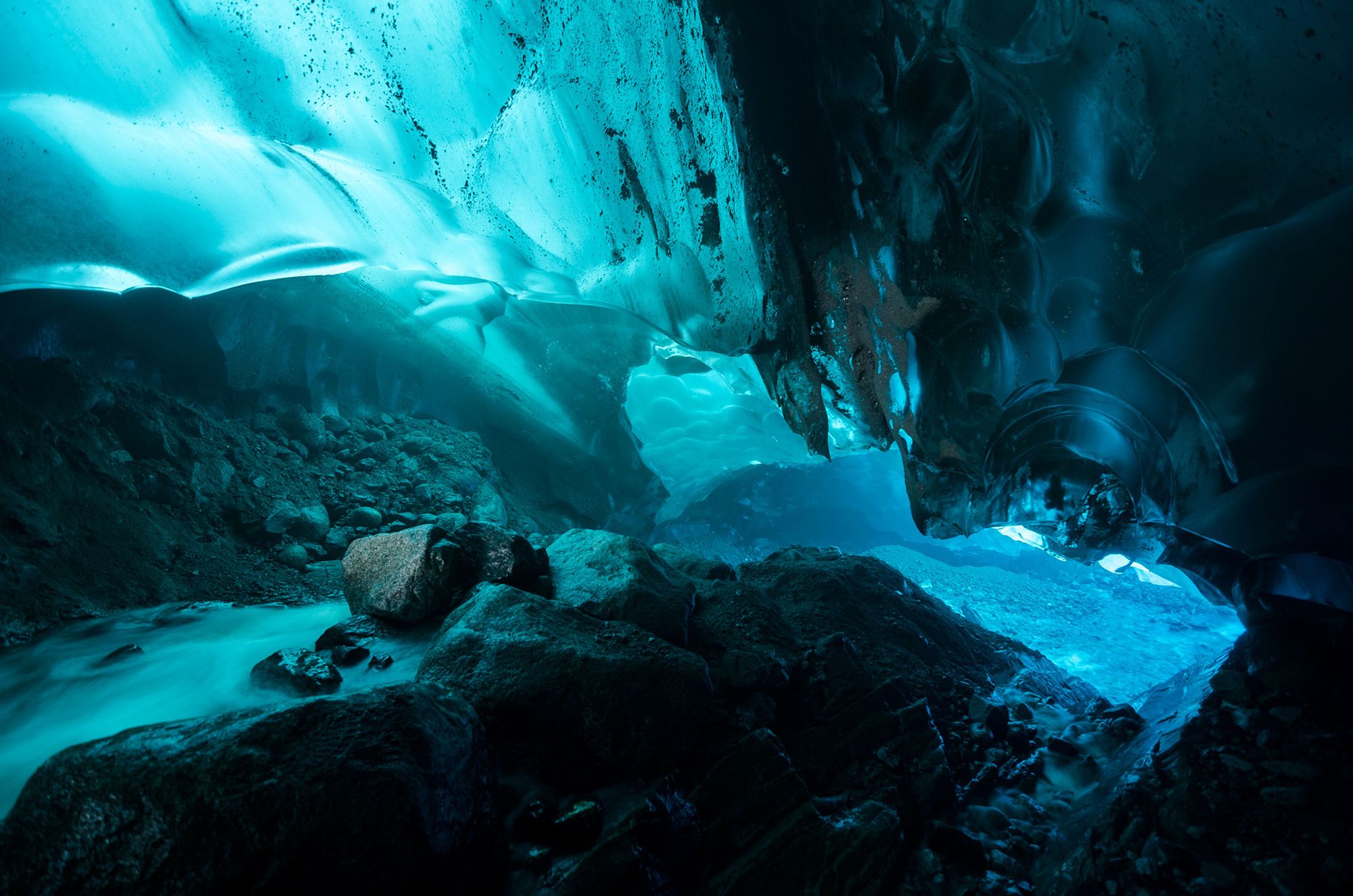
In the fall of 2014, I started thinking about sites around the world that were rapidly changing due to the upward march of global temperatures.
Forefront in my mind were the Mendenhall Glacier in Alaska and Mount Kilimanjaro in Tanzania.
I felt I should visit them sooner, rather than later.
Although Mendenhall had been in retreat since the end of the Little Ice Age, I knew the rate was rapidly increasing.
I had also heard stories about unbelievable glacial caves created by the ice melt.
It was an opportunity I did not want to miss.
When March of 2016 rolled around, I took a couple of weeks off of work to document these transient passageways and explore other parts of the Pacific Northwest.
Joining me on the trip was an old buddy from film school, a fellow photographer.
We started our journey in Seattle and headed north to explore Squamish and Vancouver Island.
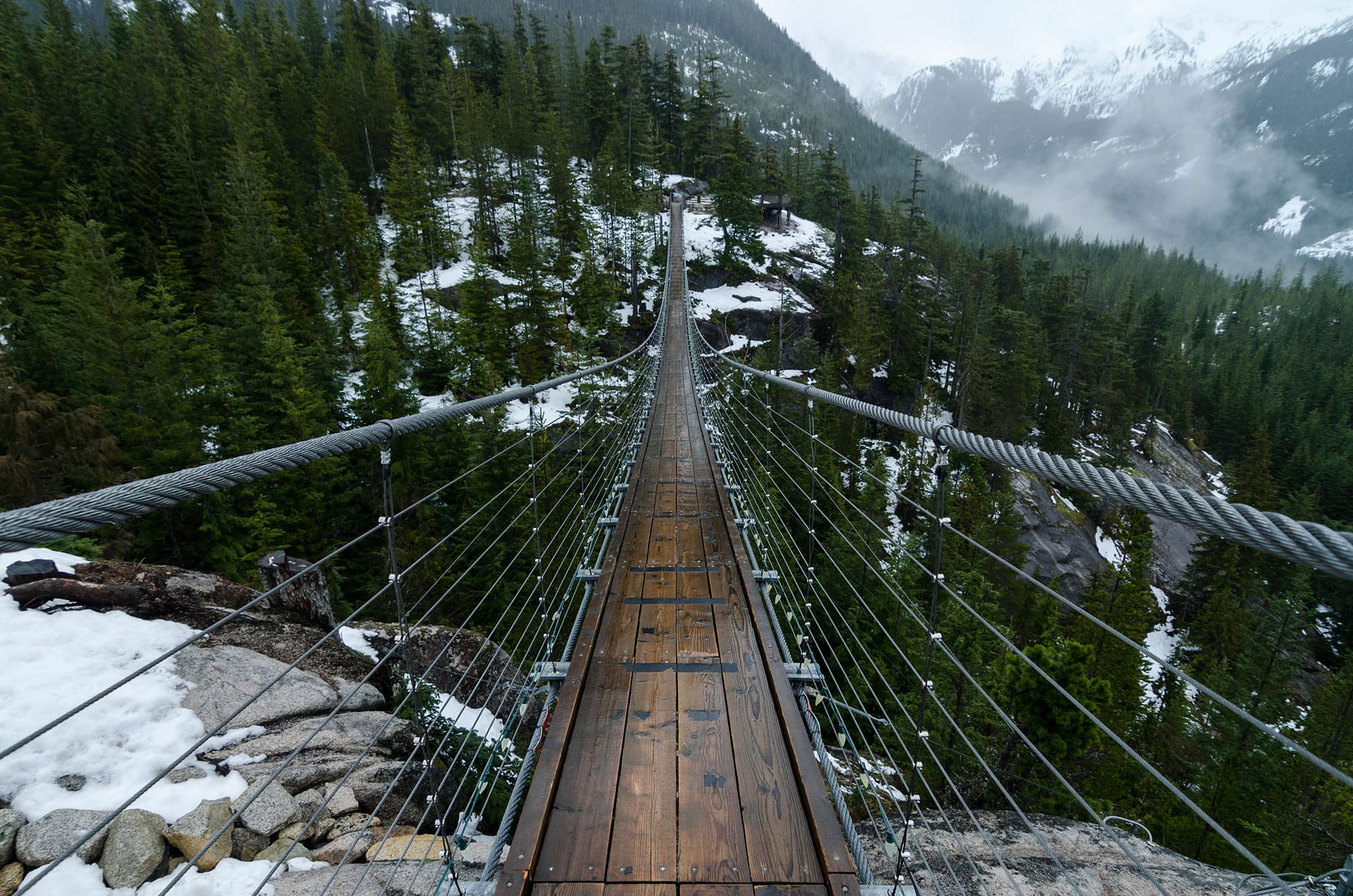
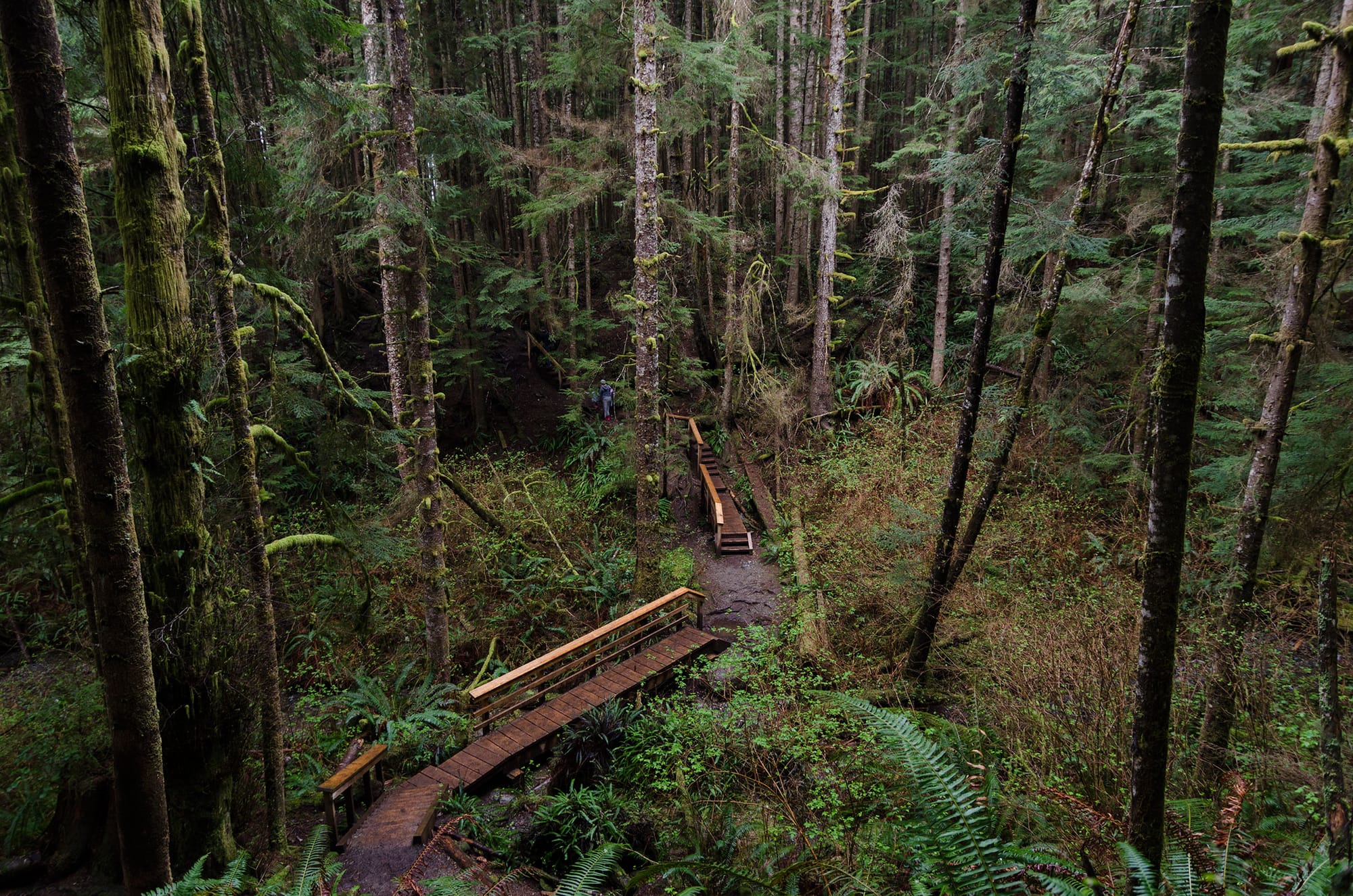
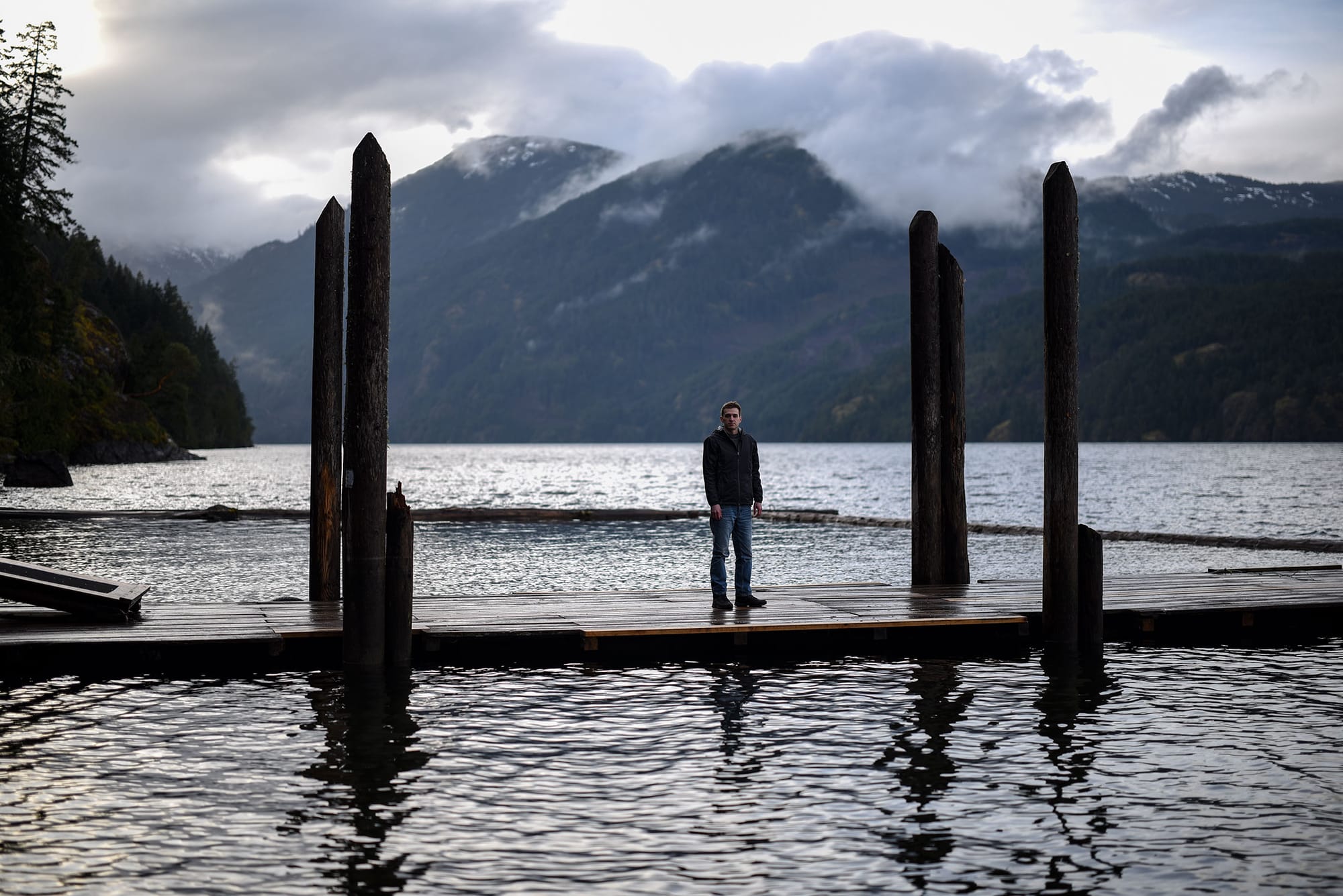
A couple of days and ferry rides later, we arrived back in the US to hike the Olympics and wander through the bizarre landscape of Hoh Rainforest.
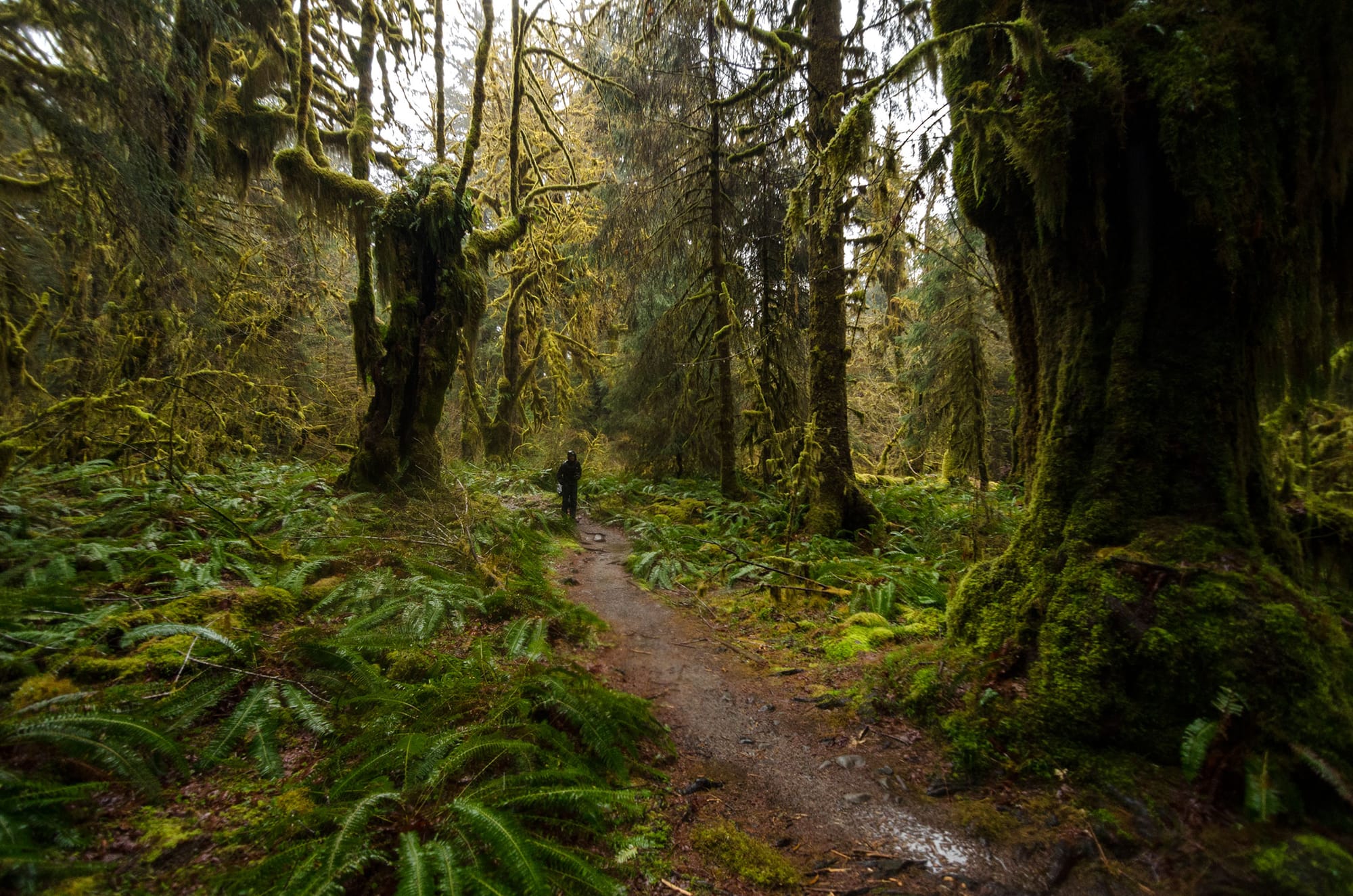
As the second week of our trip began, we traveled to SEATAC to catch an early flight to Alaska.
By ten that morning, Joe and I were eating a hearty pancake breakfast at Donna’s Restaurant in Juneau.
Our next stop was the Mendenhall Glacier Visitor Center where we talked to the employees about the location of key trails and the ice caves.
On the way back to the car, I turned to Joe.
“You know, the weather is pretty good right now. It’s not even noon. We should go for it.”
Within a half-hour, we were hiking up a five kilometer trail to the face of the glacier.
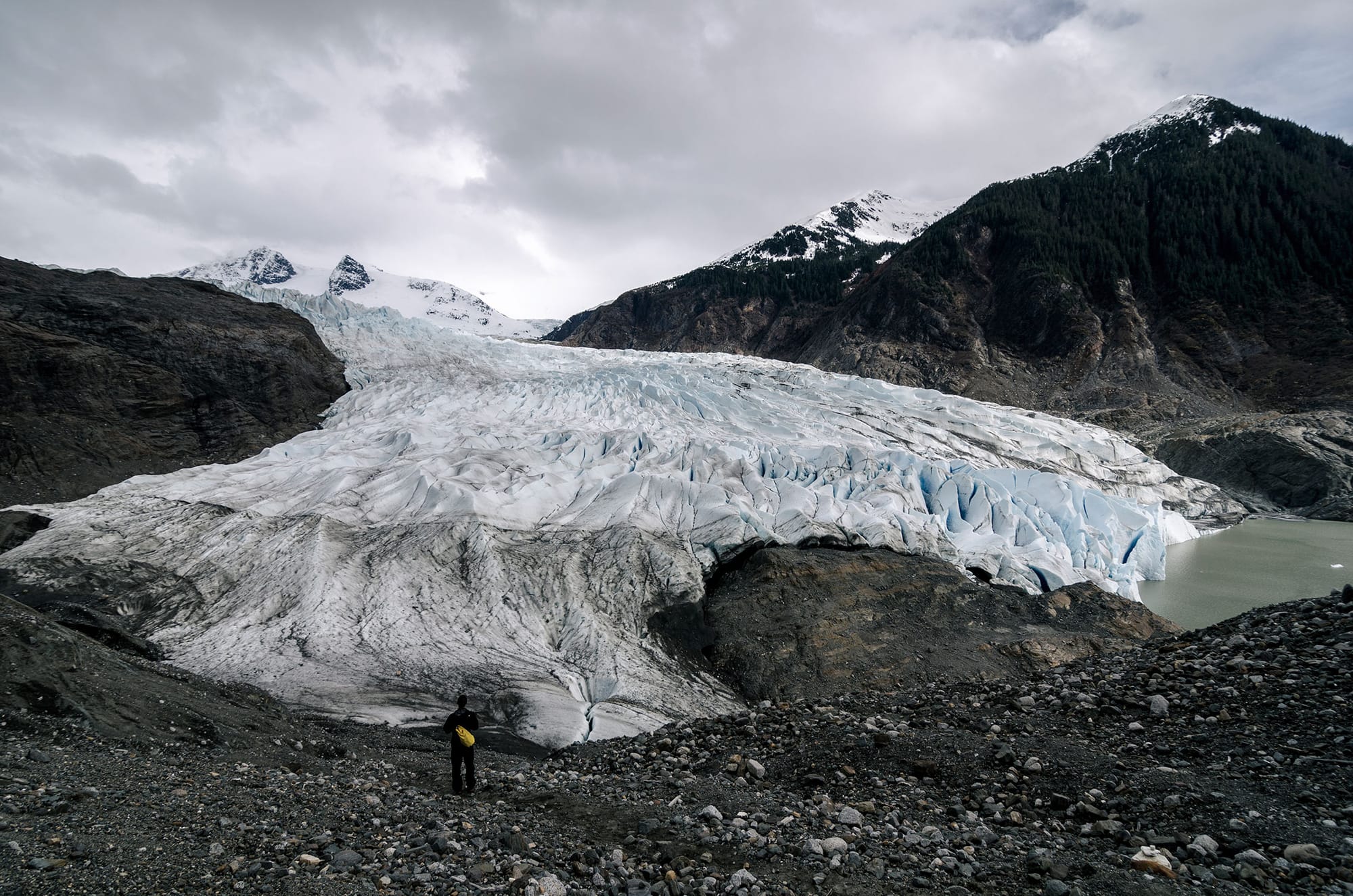
The route was a bit tricky to navigate, especially near the end, but we eventually found what we sought.
There it was – the mouth of an ice cave.
We were a bit taken aback.
The stability of the entrance looked… highly suspect.
But this was the whole point of the trip; this was what we had traveled so far to see and document.
We decided to go for it – one at a time.
One of us would venture into the darkness while the other waited outside. If the spelunker had not returned within twenty minutes, the other person would immediately go find help.
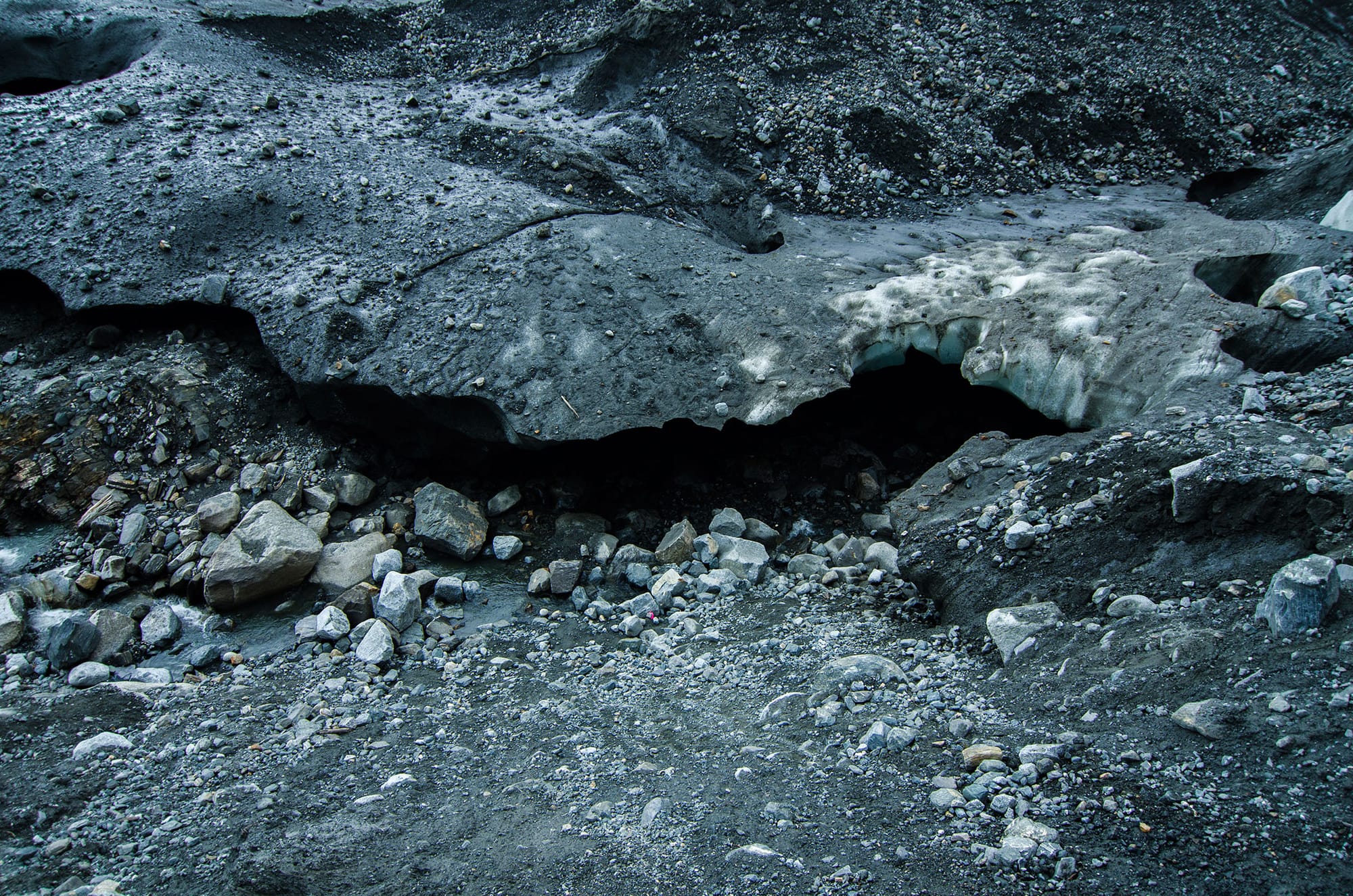
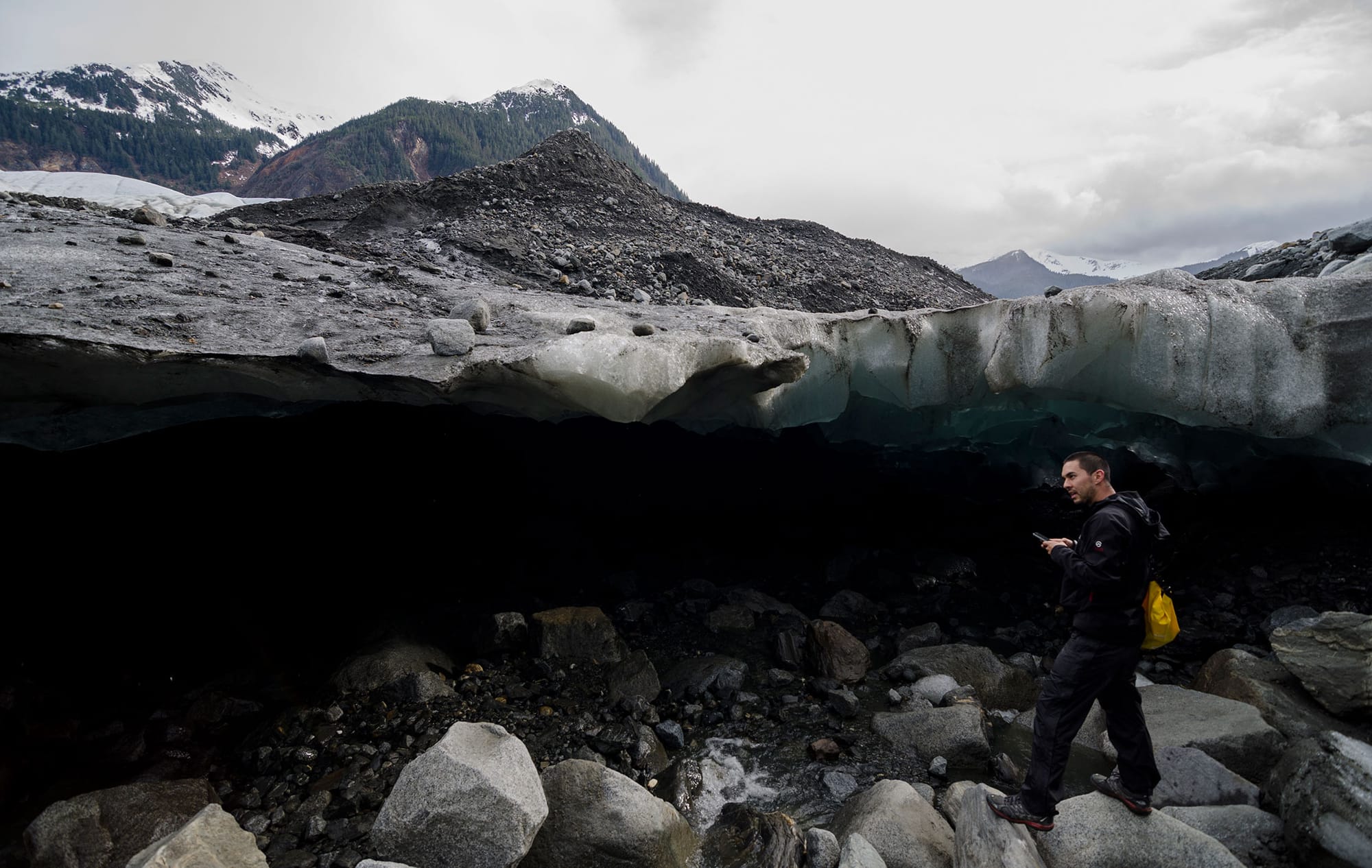
Joe went first. A few meters into the cave, he was swallowed by the darkness. The roar of a nearby glacial stream masked any sound of his footsteps.
Ten minutes passed.
Then Joe re-emerged from the shadows.
“There’s a small waterfall near the back,” he said. “It’s pretty awesome.”
Now it was my turn.
I picked up my camera and walked into another world.
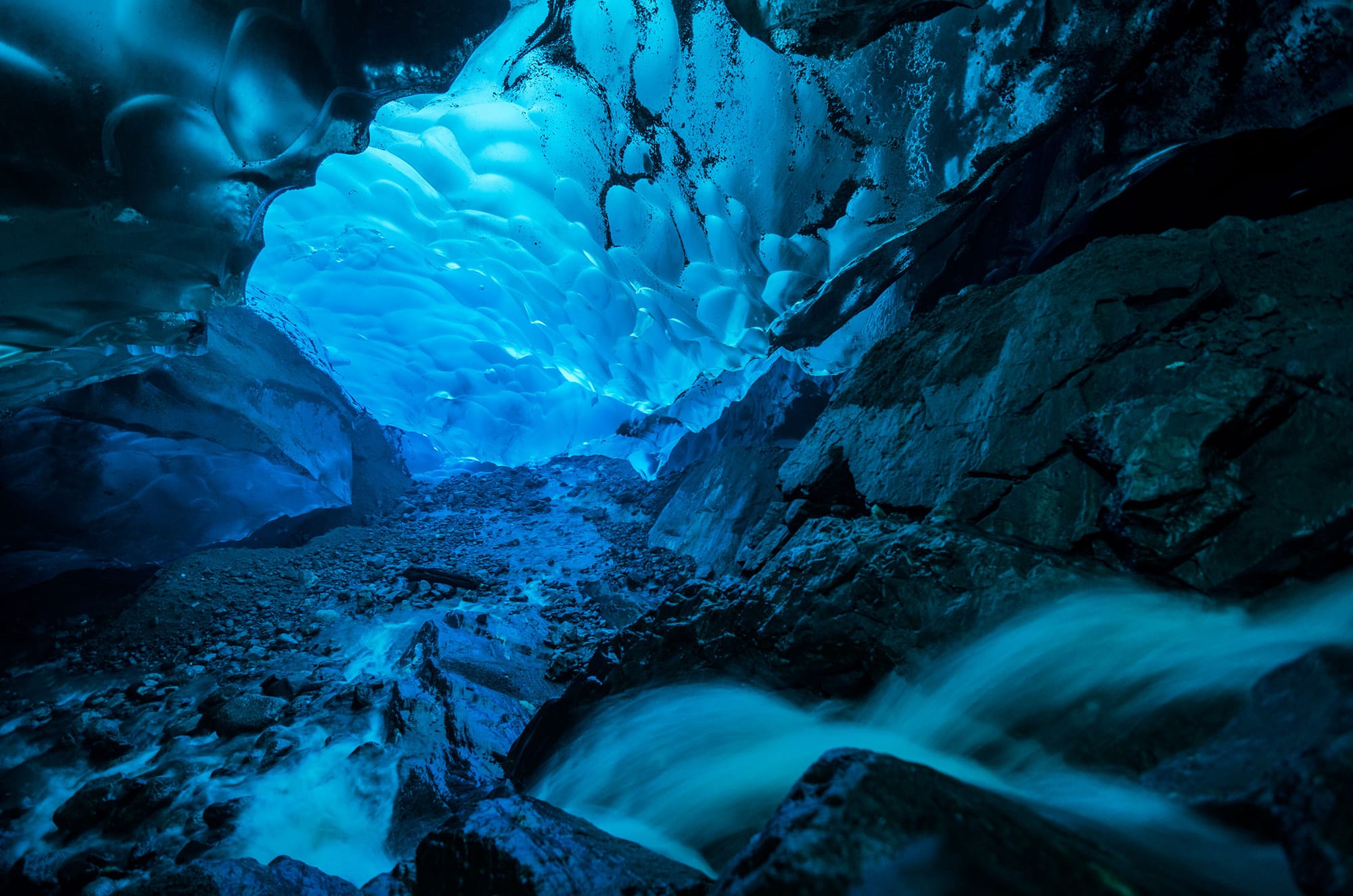
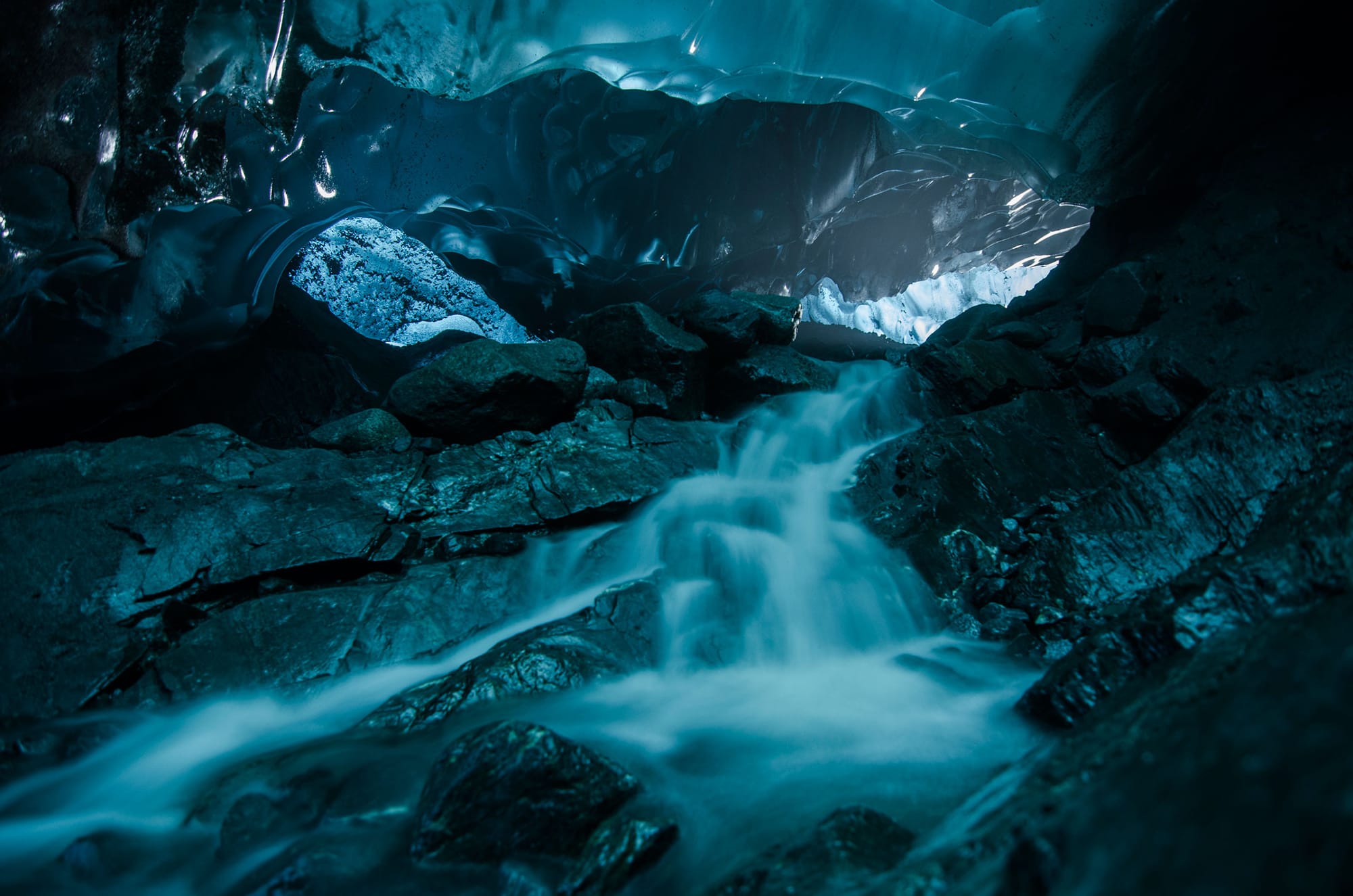
We passed the next few rainy days working out at a local gym and prepared for a second trip to the glacier.
Our Airbnb host offered to connect us with someone who owned a canoe. Perhaps we could rent it, he said.
And we did.
Joe sat in the front.
It was his first time paddling a canoe, and this one was definitely built for speed, not stability.
Luckily, I had a decent amount of experience; I regularly kayaked and canoed on the Potomac and a few other rivers in West Virginia.
I knew we were not nearly as prepared as we should have been, but we took every precaution to ensure we did not end up in the lake. If at any point we felt we needed to slow down, stop, or change directions, we would signal.
We meandered the mile or so over to the glacier. With the risks posed by calving top of mind, we remained a relatively safe distance from the face.
It was a long paddle into the wind, and we were relieved when the bow of the canoe struck the sandy bottom on the far side. We pulled our gear up the bank and made our way back to the cave.
It was just as ethereal as before.
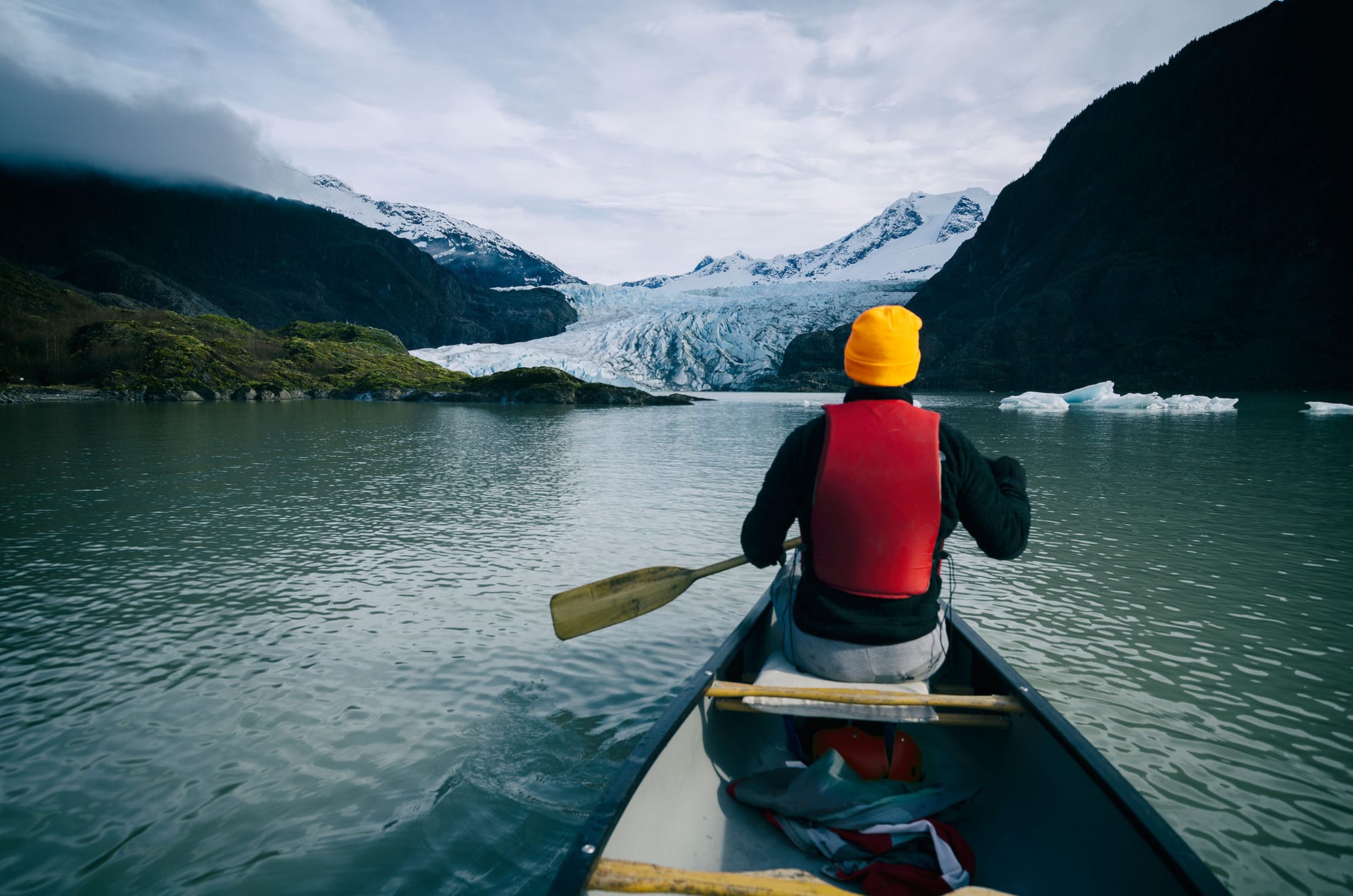
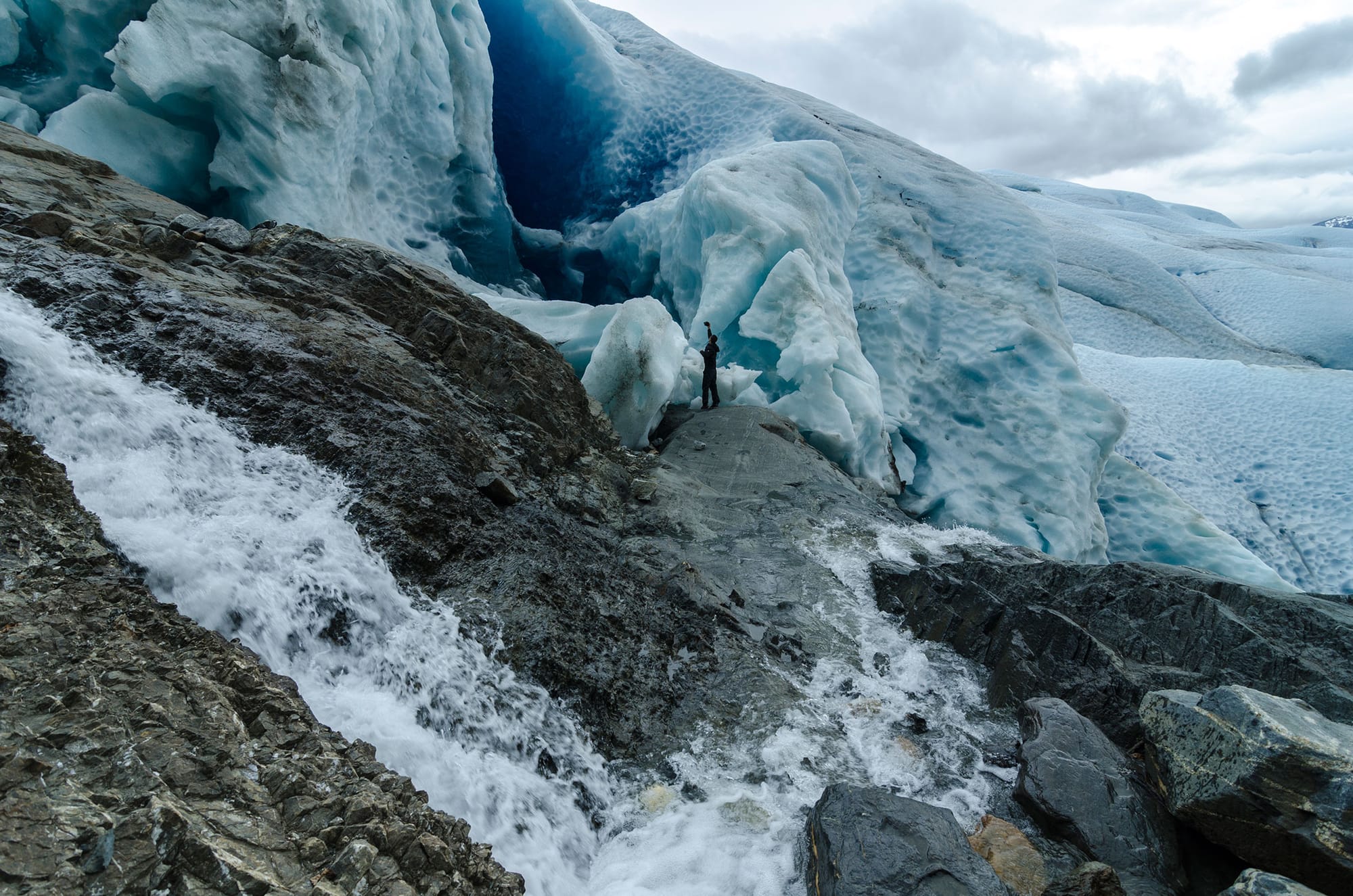
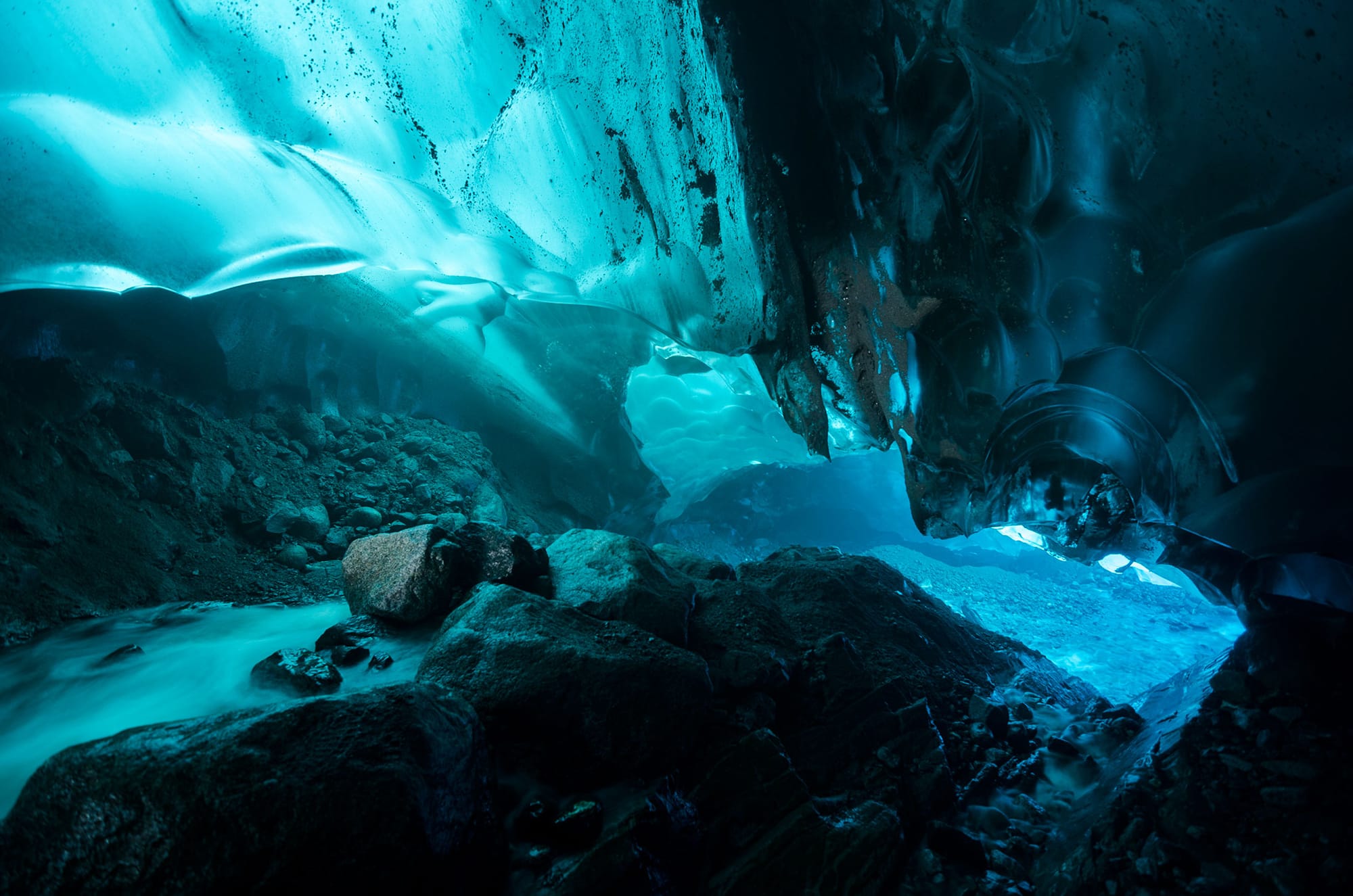
Following our second journey beneath Mendenhall, we set out in search of a local who could take us on top of it.
We were lucky enough to connect with an experienced climber who had grown up in the area.
On one of the best-weather days of our trip, Joe and I spent six hours in crampons learning to safely traverse a glacier.
We were taught how to arrest a fall and instructed to pay attention to a number of serious hazards – e.g. hidden moulins and seracs. We witnessed a few seracs the size of cars and small houses topple onto the ice below.

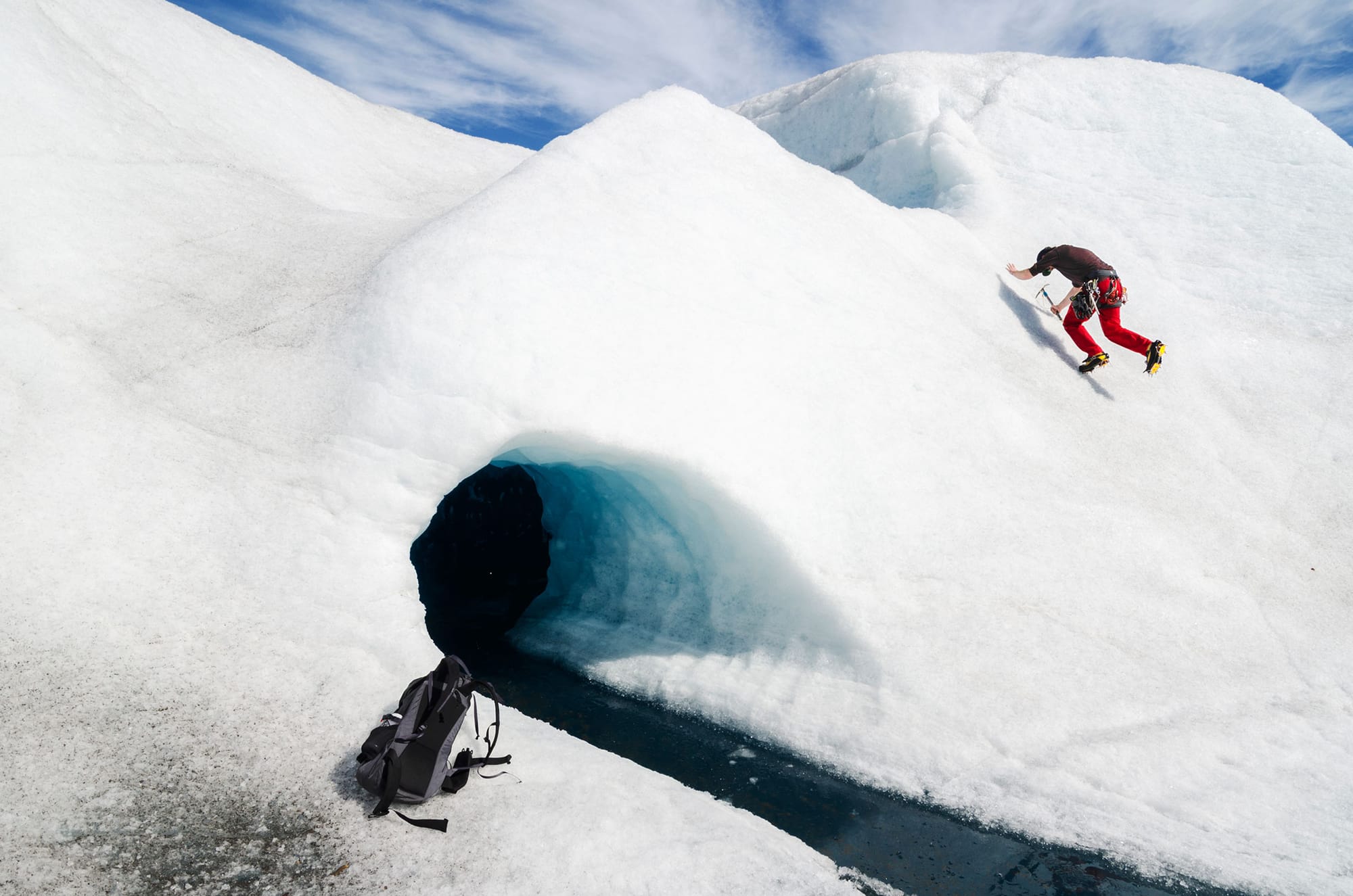
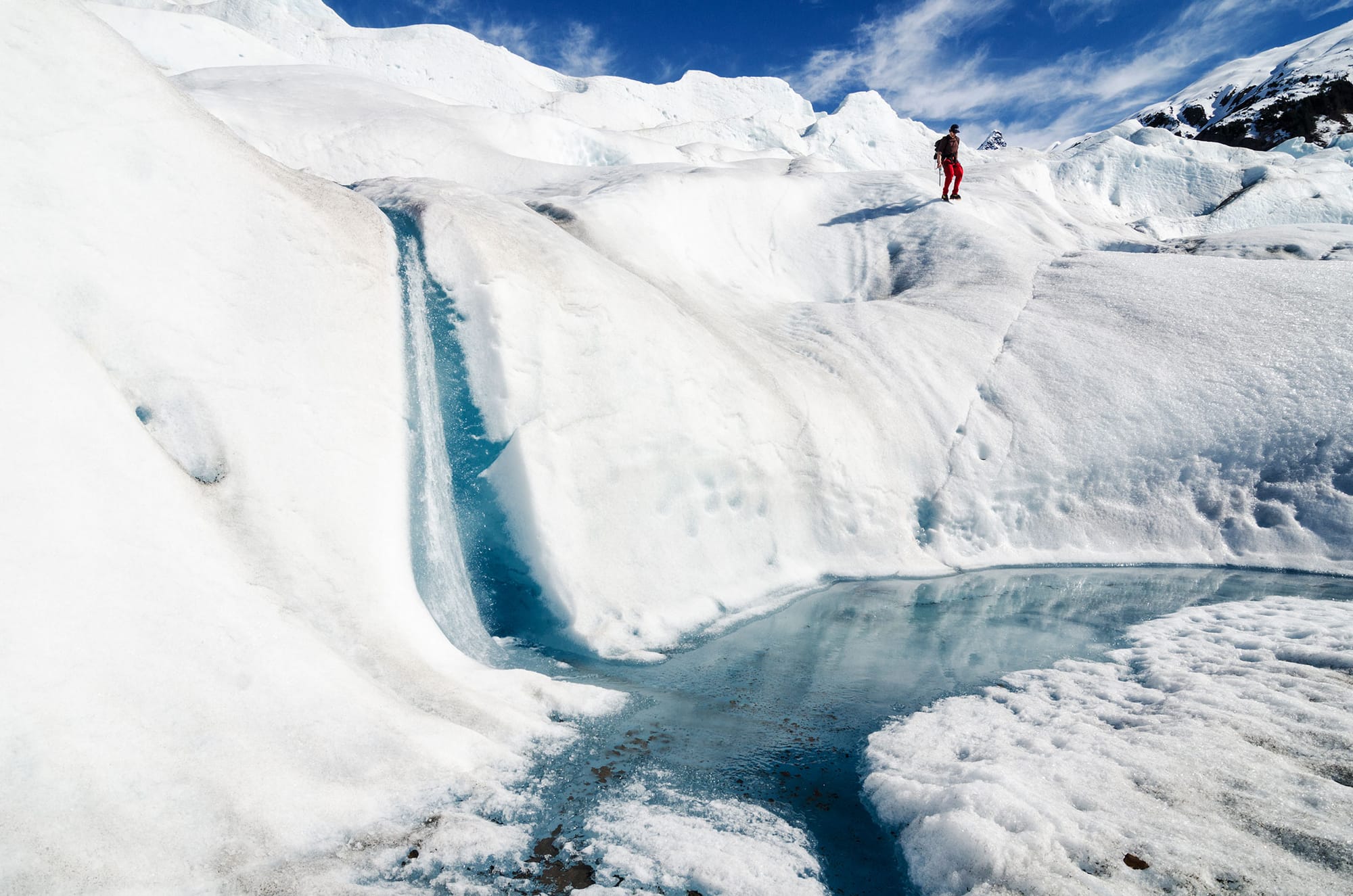
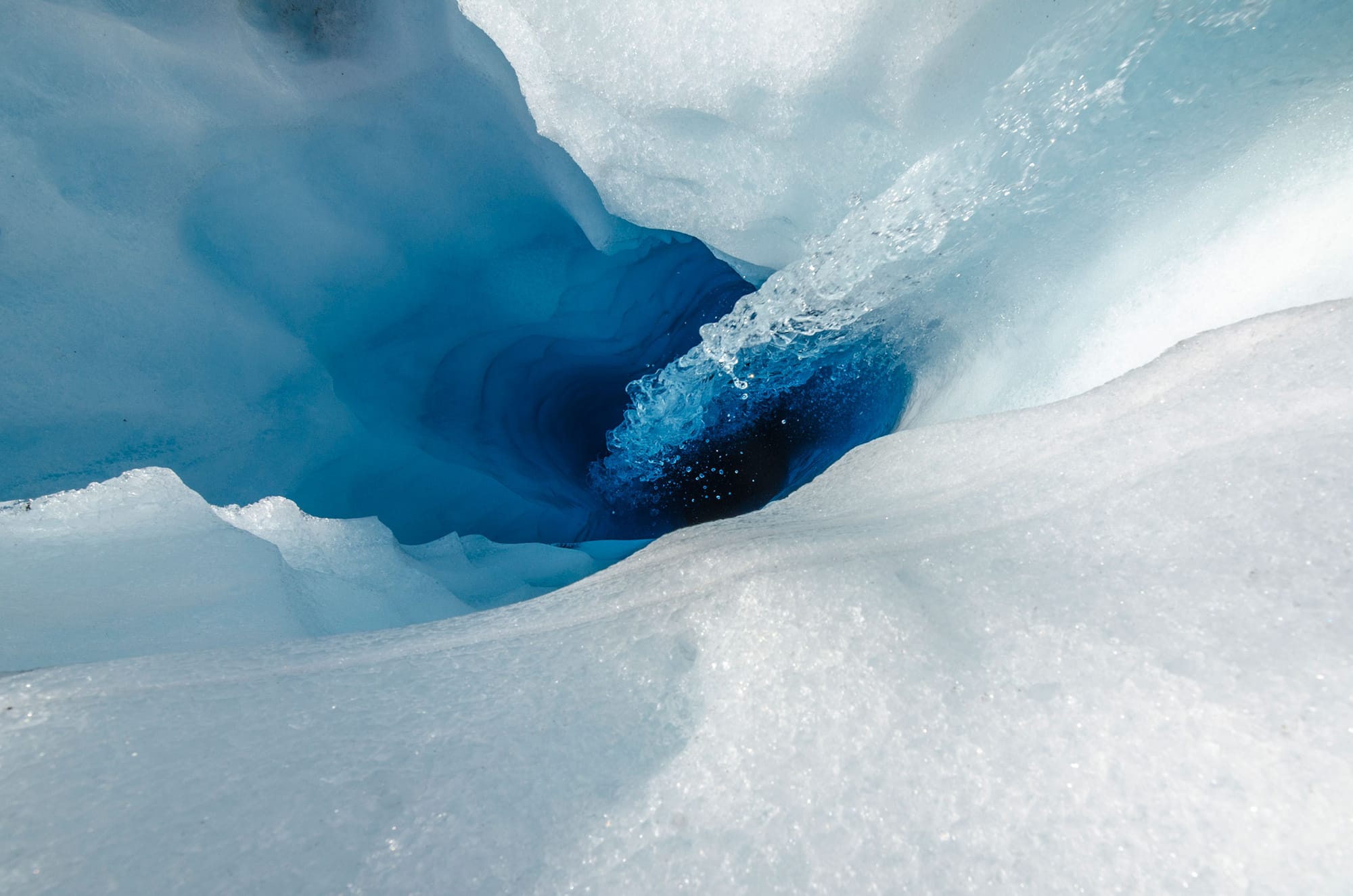
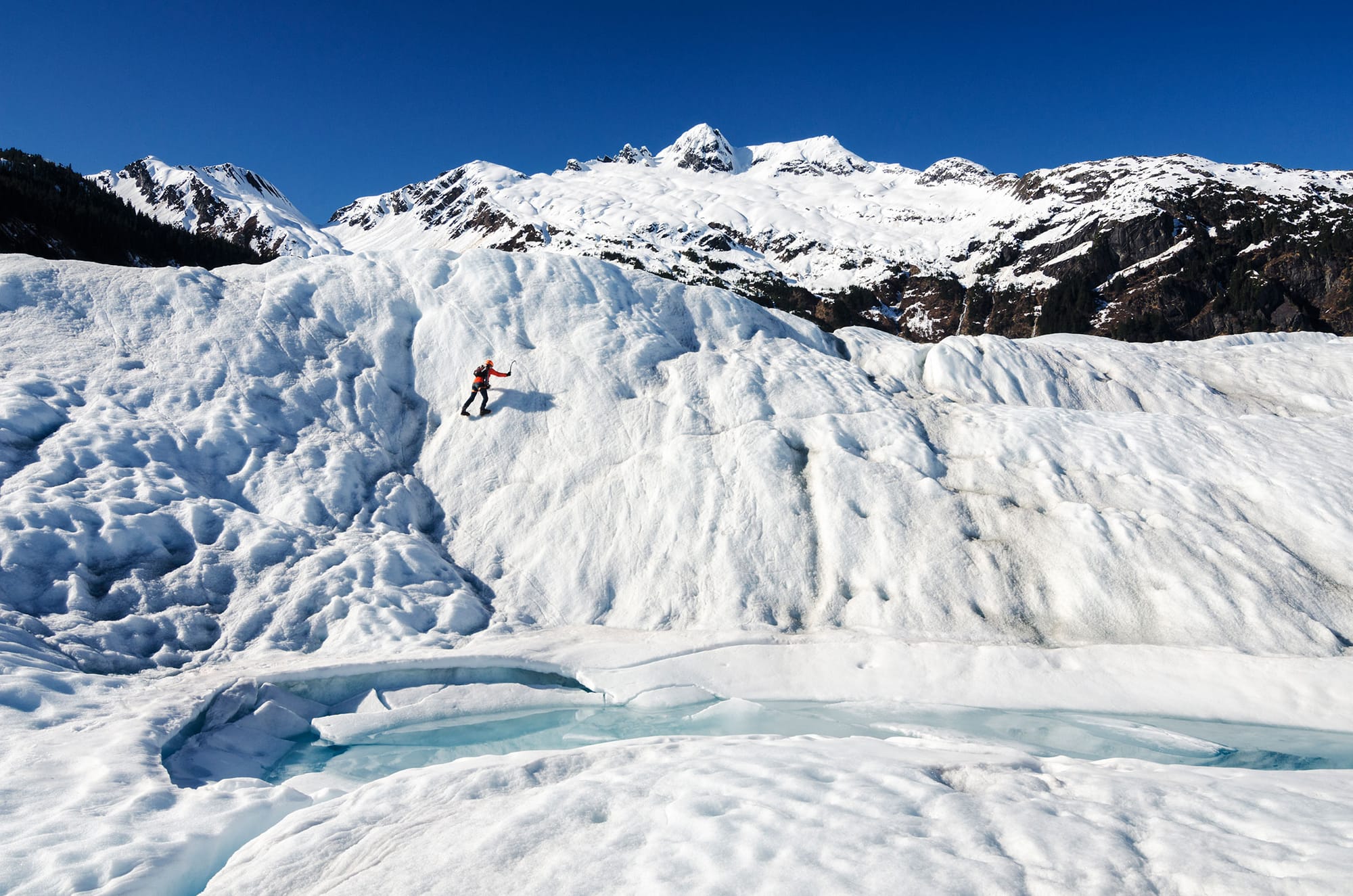
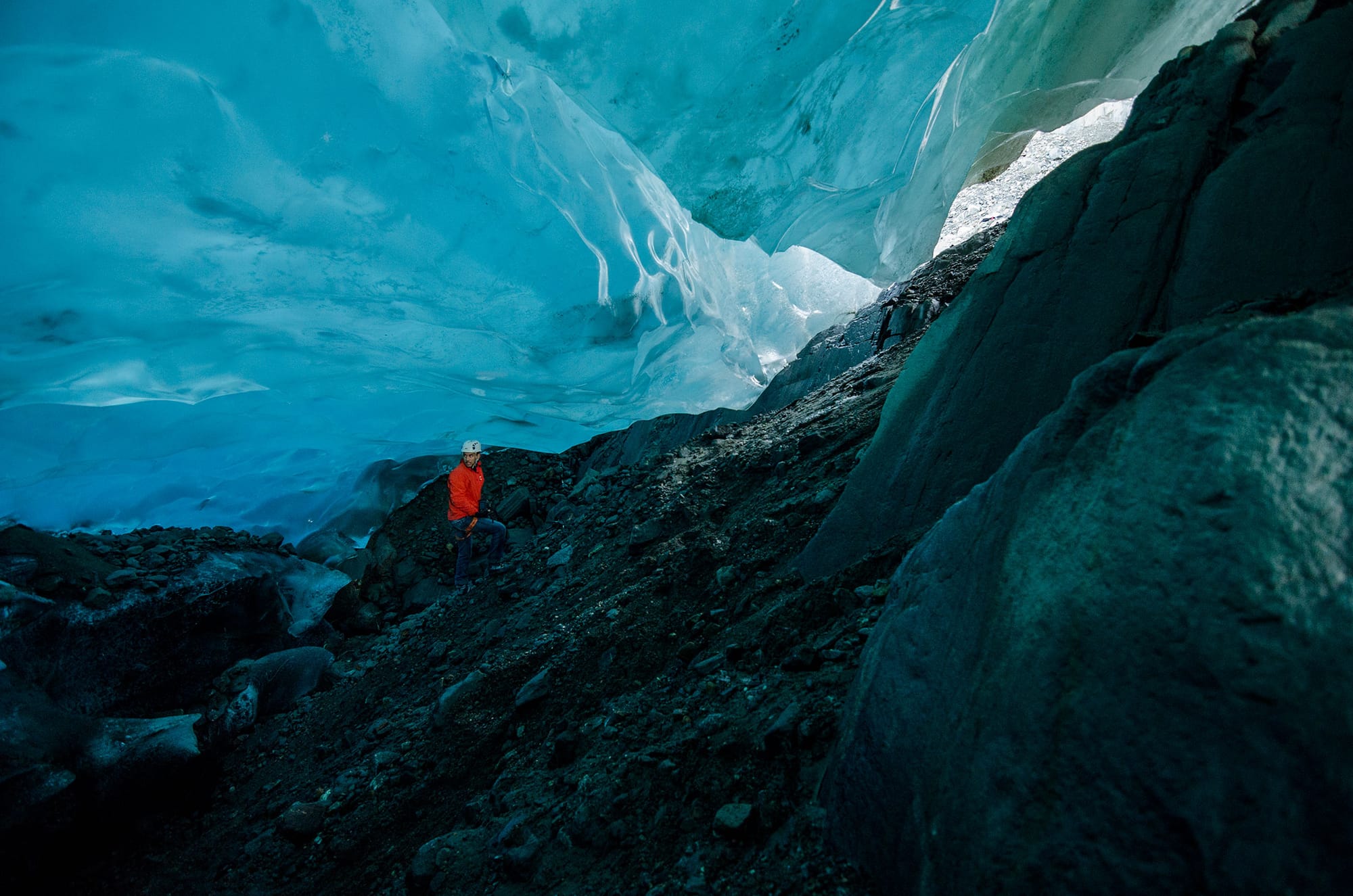
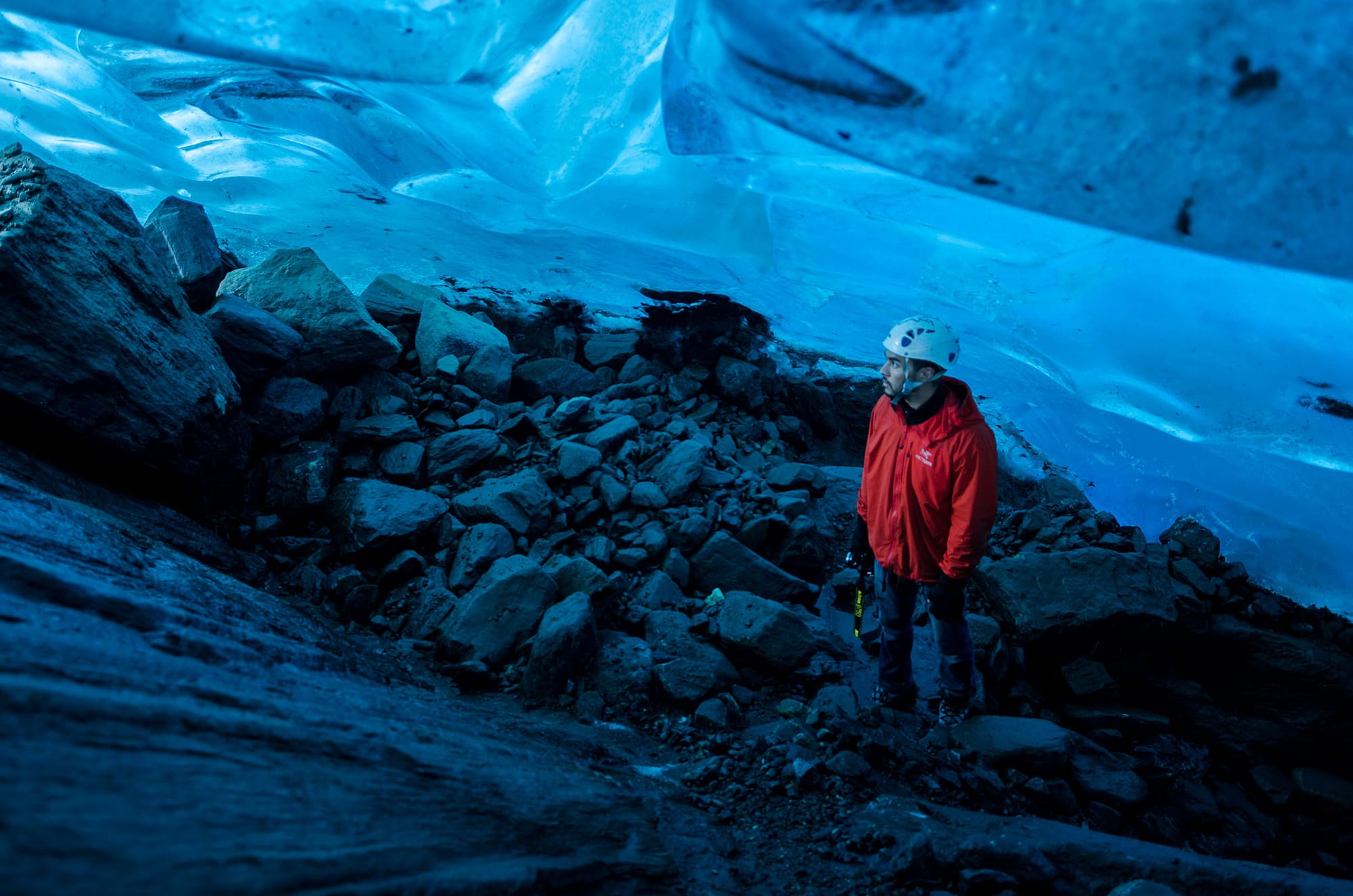
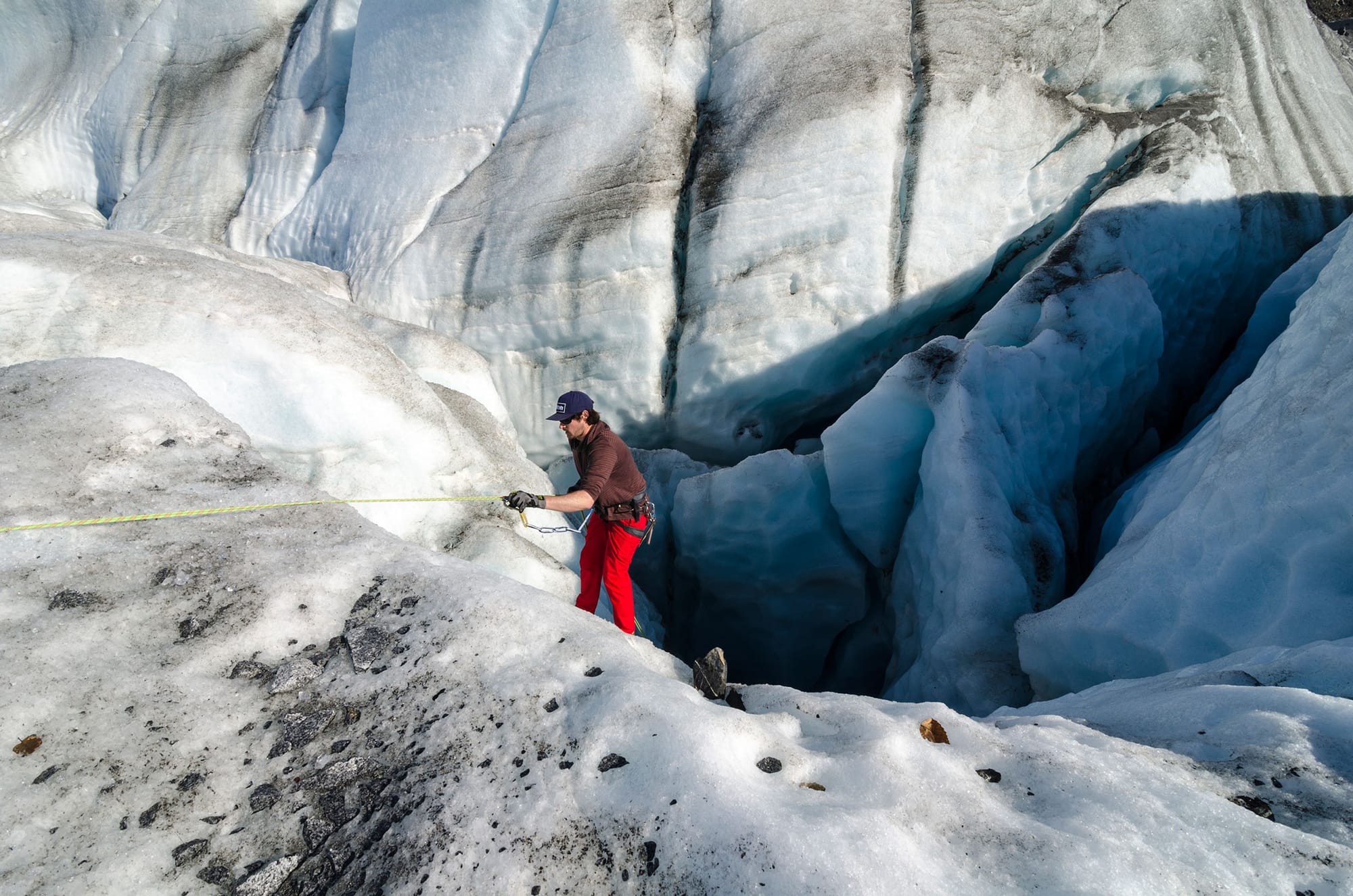
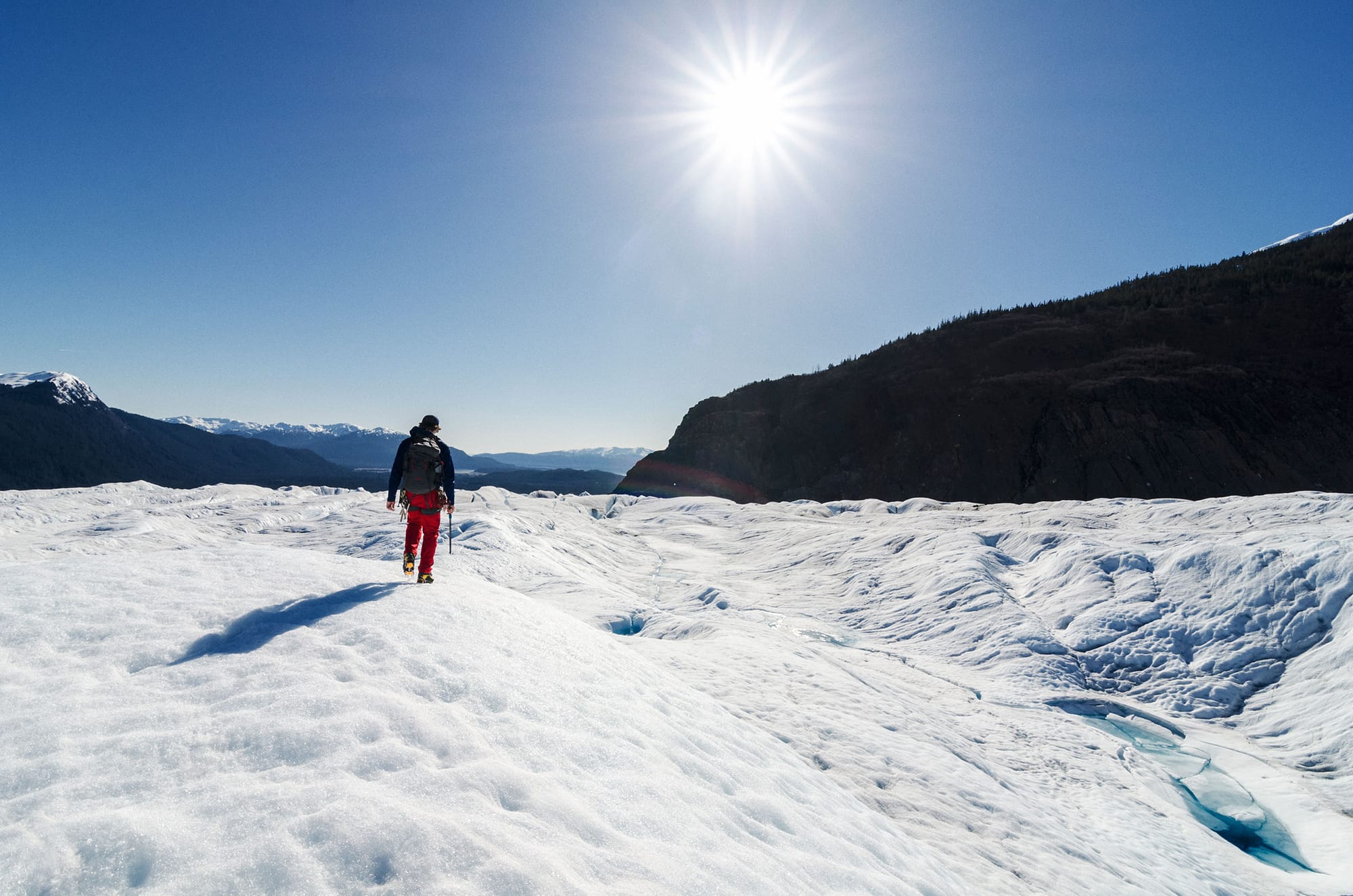
When our week in Juneau drew to a close, Joe and I flew back to Seattle and parted ways. Rather than relax over the last weekend of my trip, I rented a car at SEATAC and drove south
I wanted to check out Portland and the Columbia River Gorge while I had the chance. It was a great call.
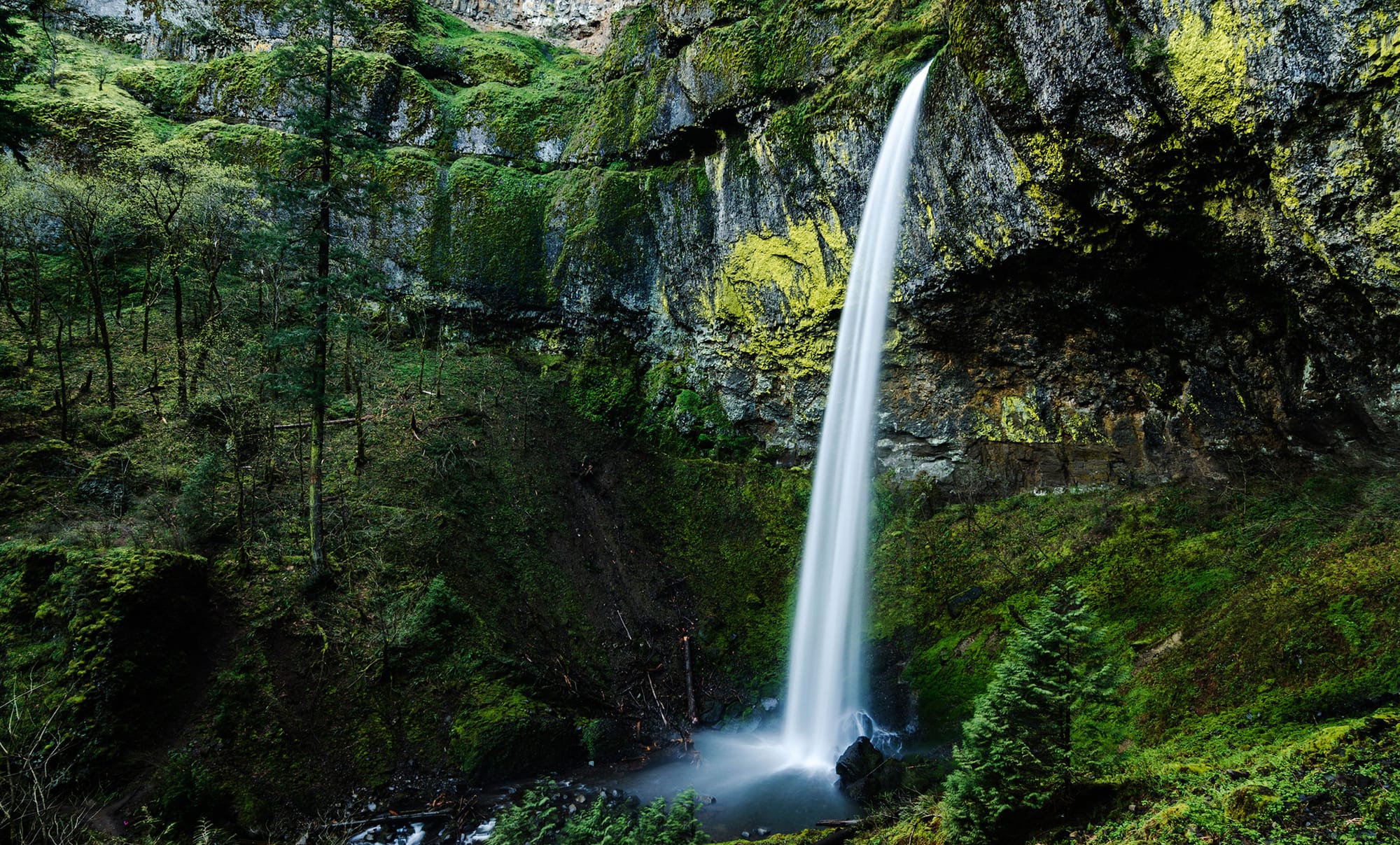
One of my first stops in the Gorge was the iconic Horsetail Falls, pictured above.
Using Instagram, I also tracked down a few spots that were more off the beaten path.
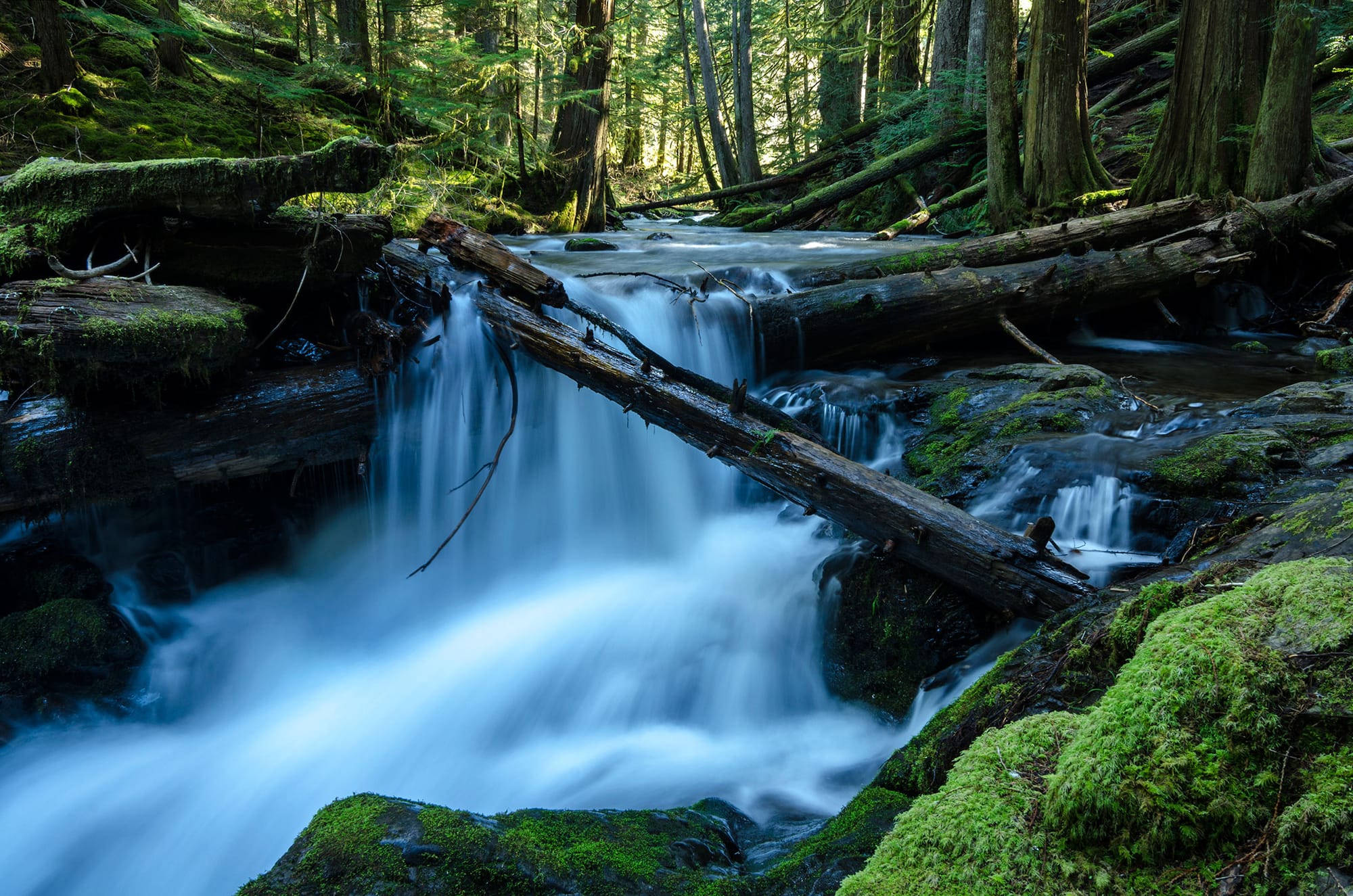
The most memorable hidden gem was far out in a cell service dead zone.
As my phone’s GPS cut out, I started committing each turn to memory and counting the miles between.
Forty minutes and three turns later, I arrived.
I could hear the roar before I could see the water. Getting down to the falls required a bit of rope-assisted scrambling, but the additional effort was worth it. Rarely have I come across a place so majestic.
Like the ice caves, it felt like another world. No cell service. The sound of running water. The sensation of cool, moist air against your skin. I was immersed in a breathtaking environment.
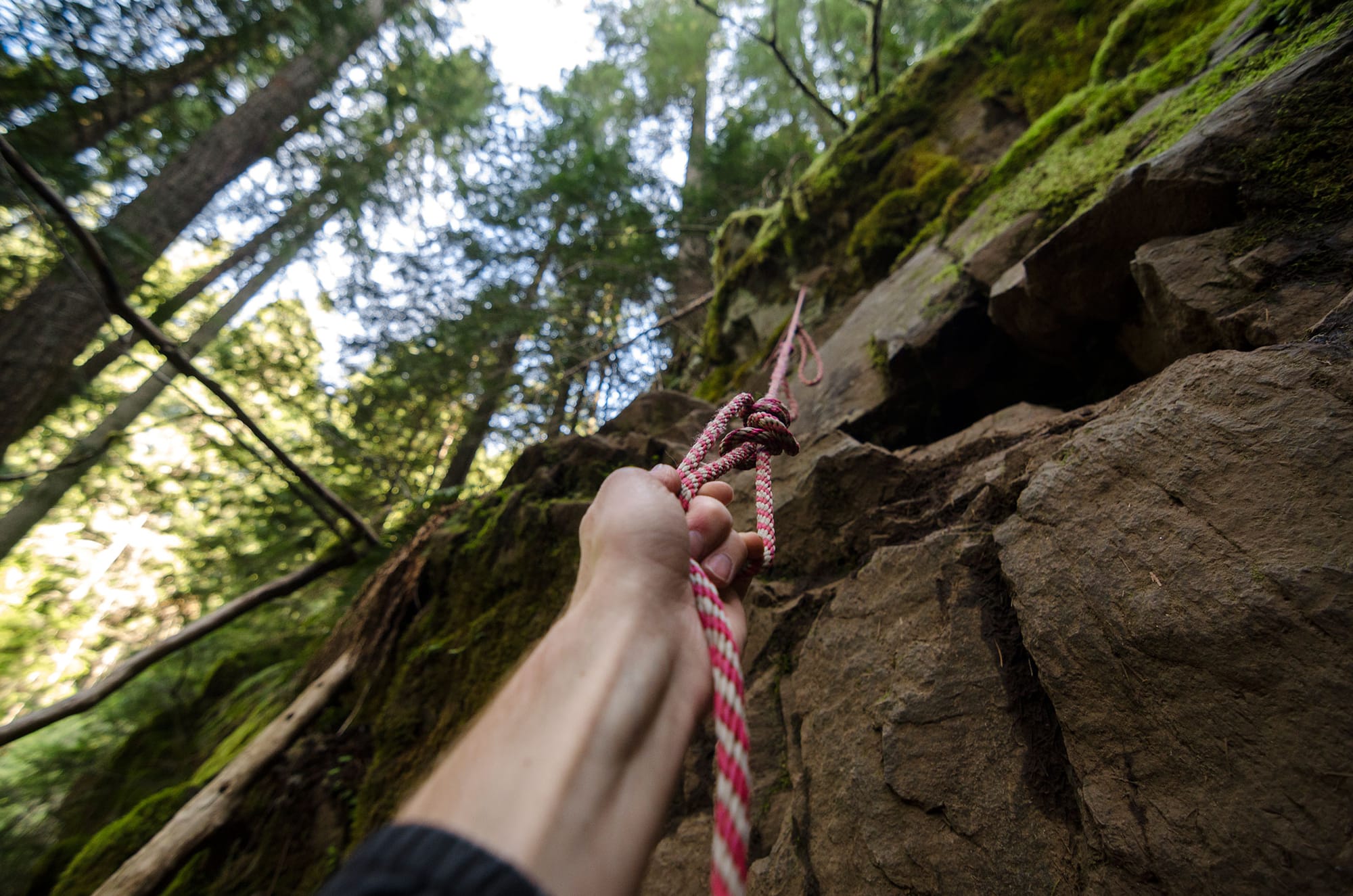
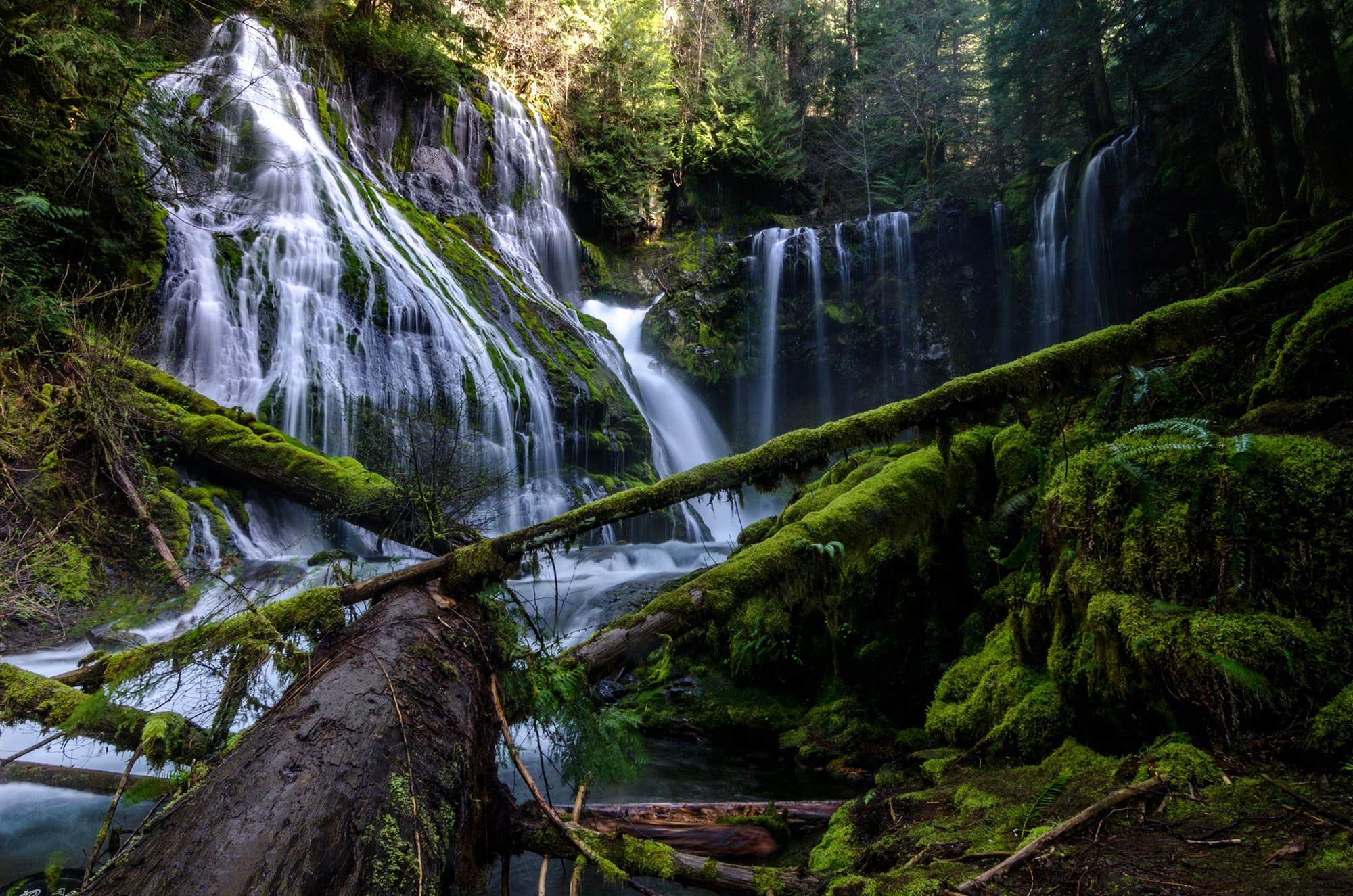
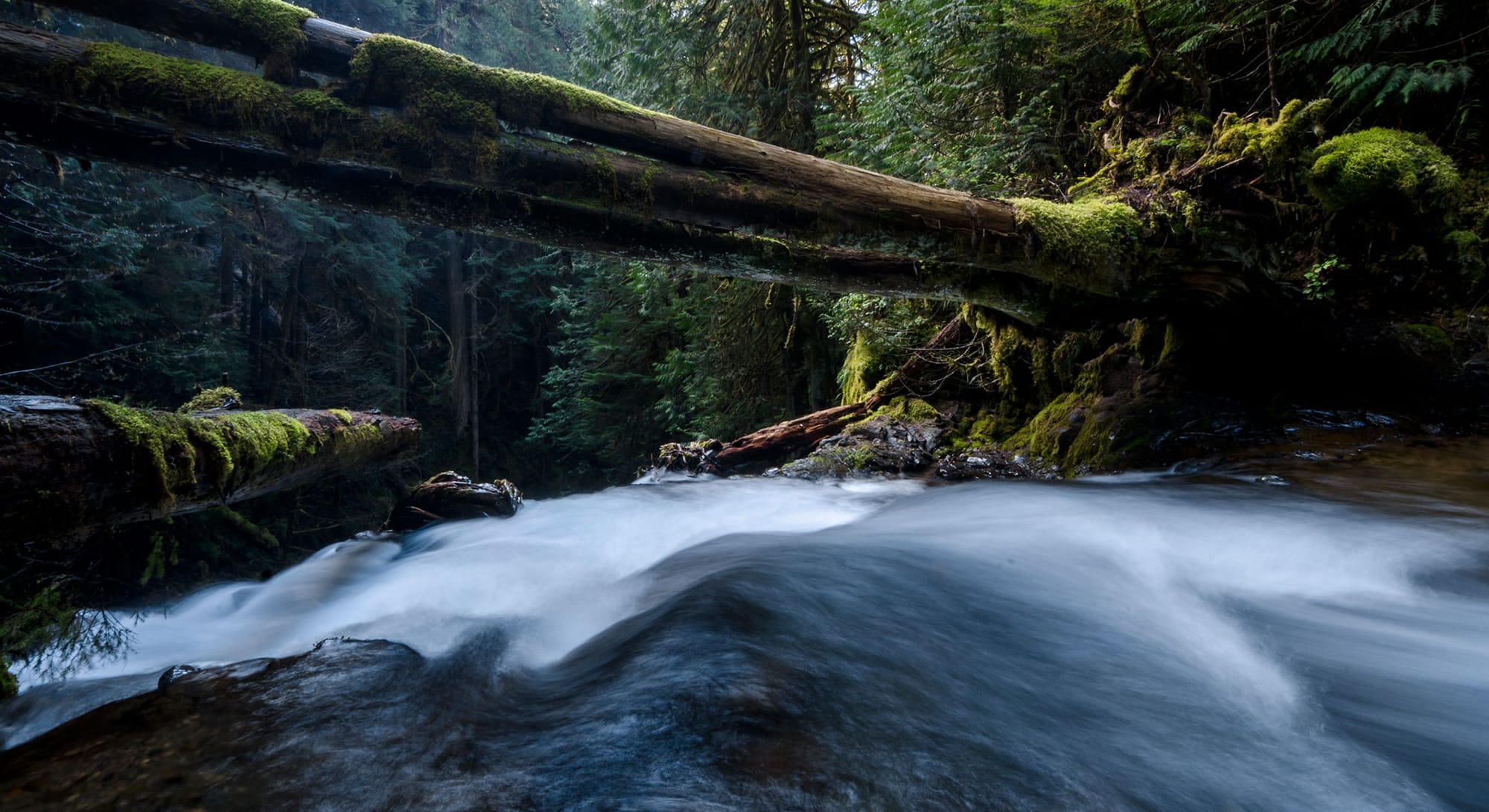
By the time I returned the two-day rental to the airport, I had logged over 700 miles and visited Mt. Hood, downtown Portland, the Columbia River Gorge, and a few waterfalls in southern Washington.
